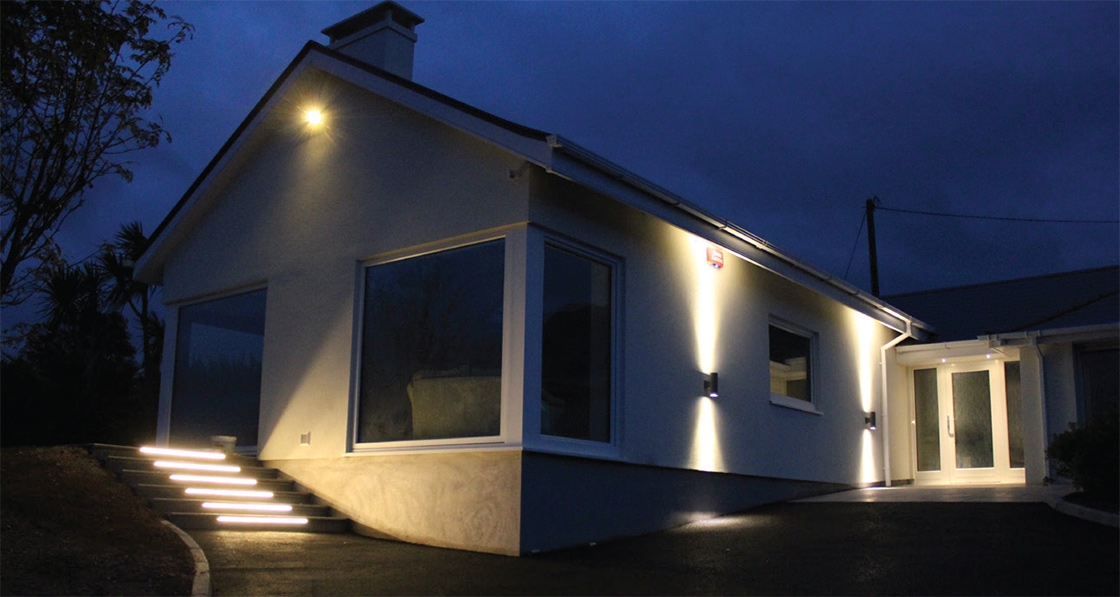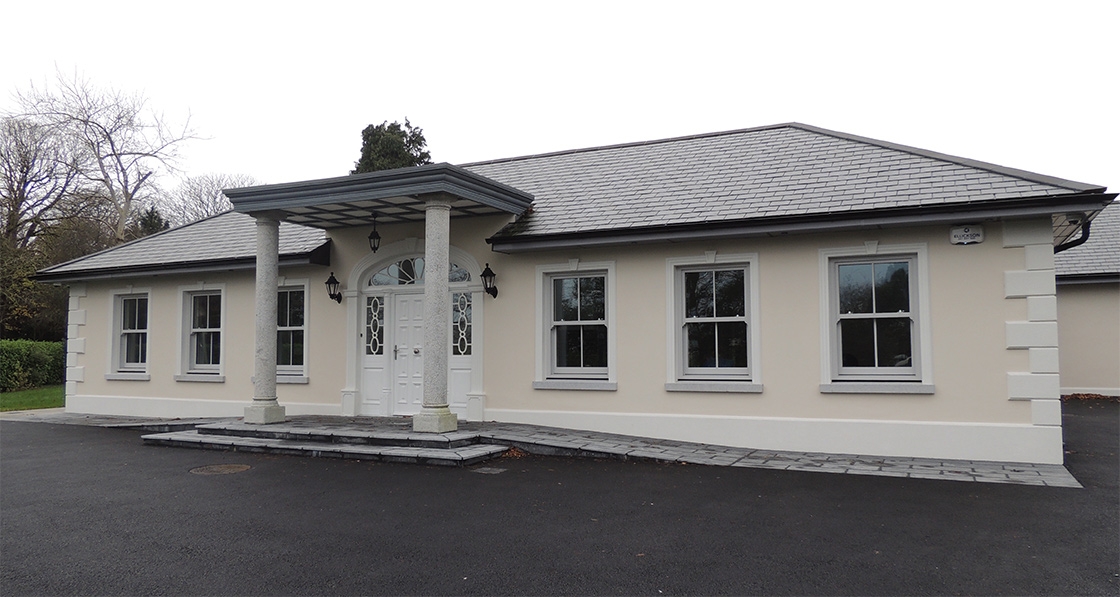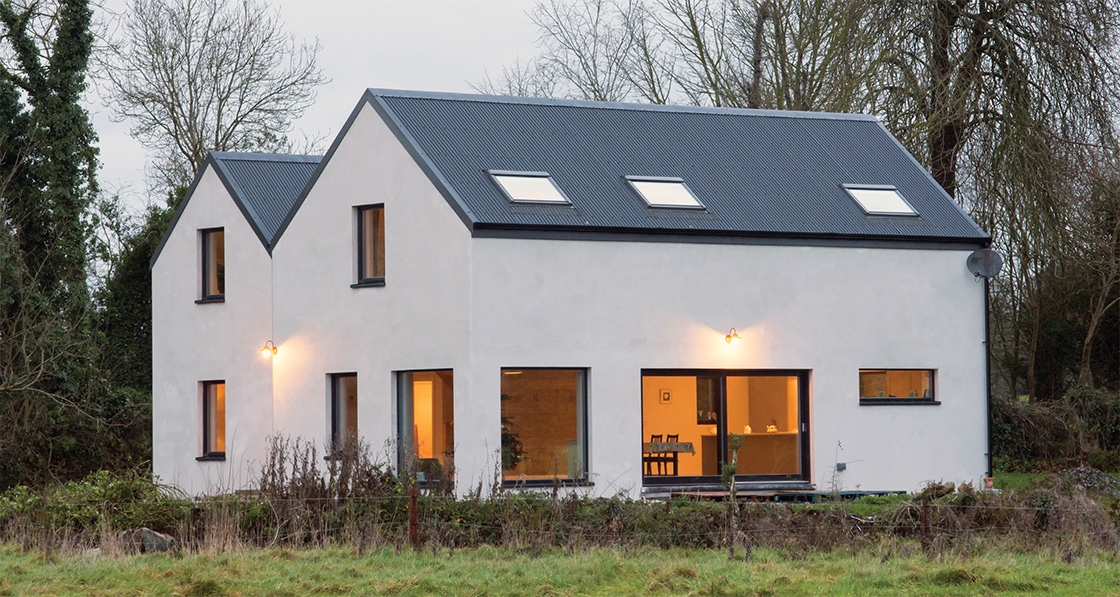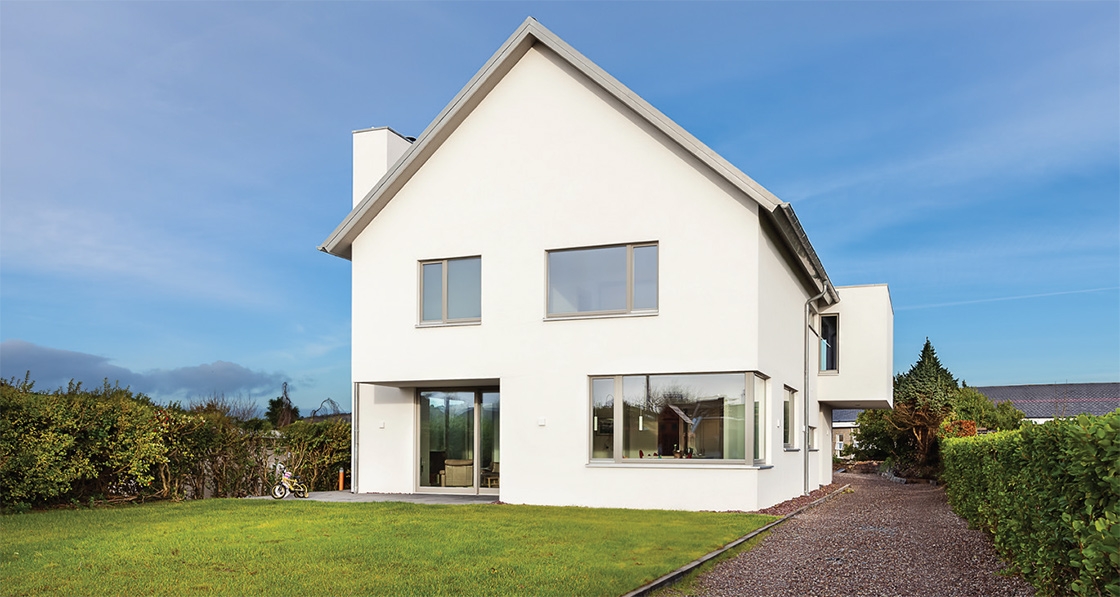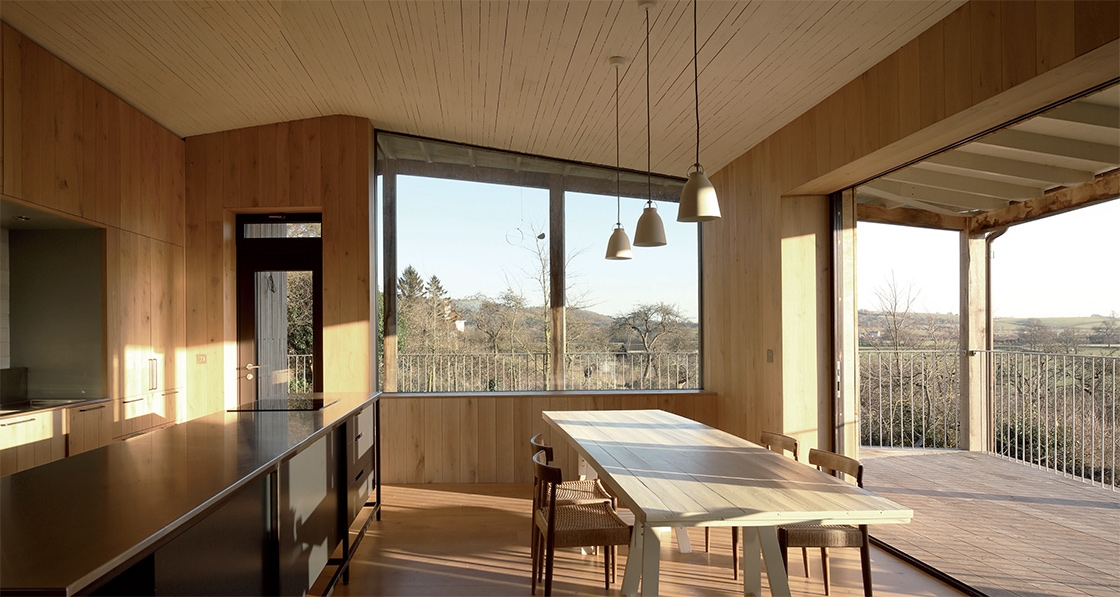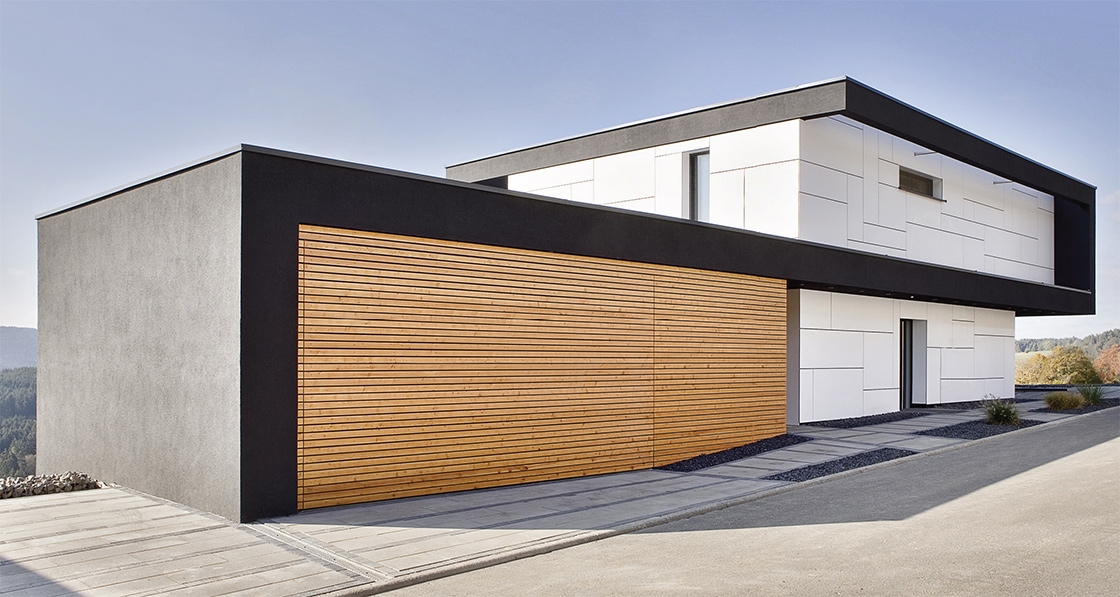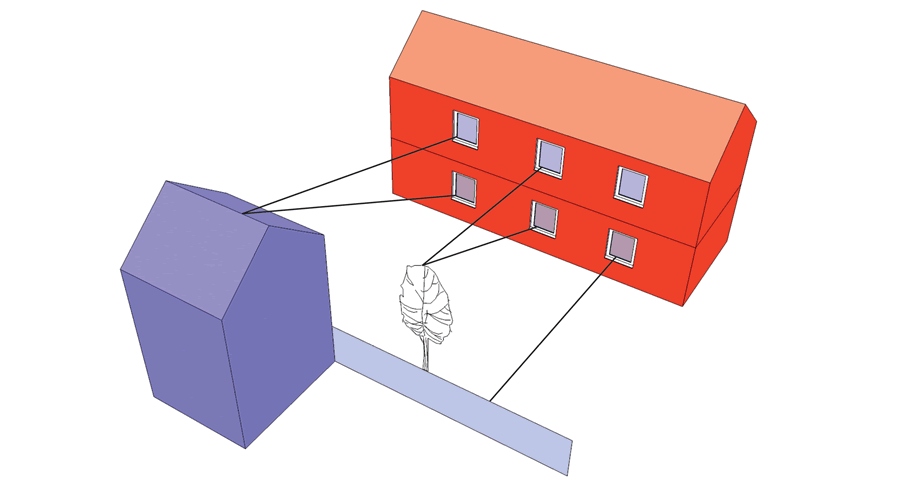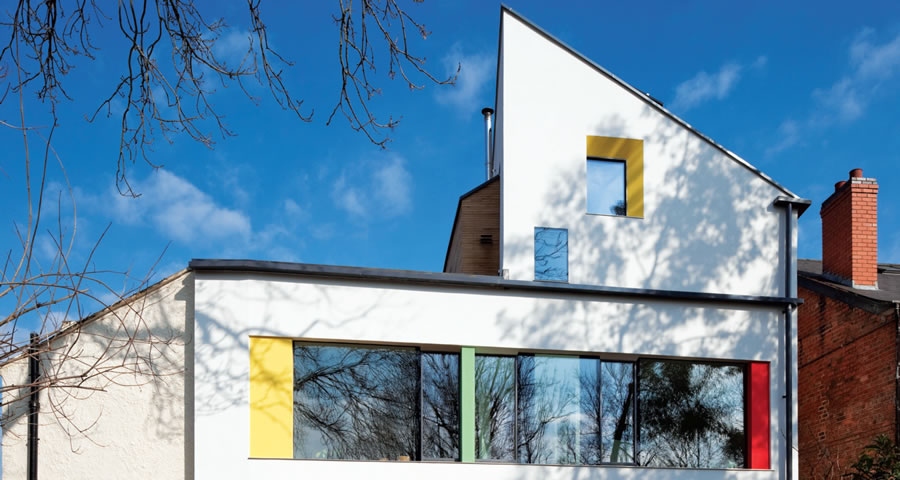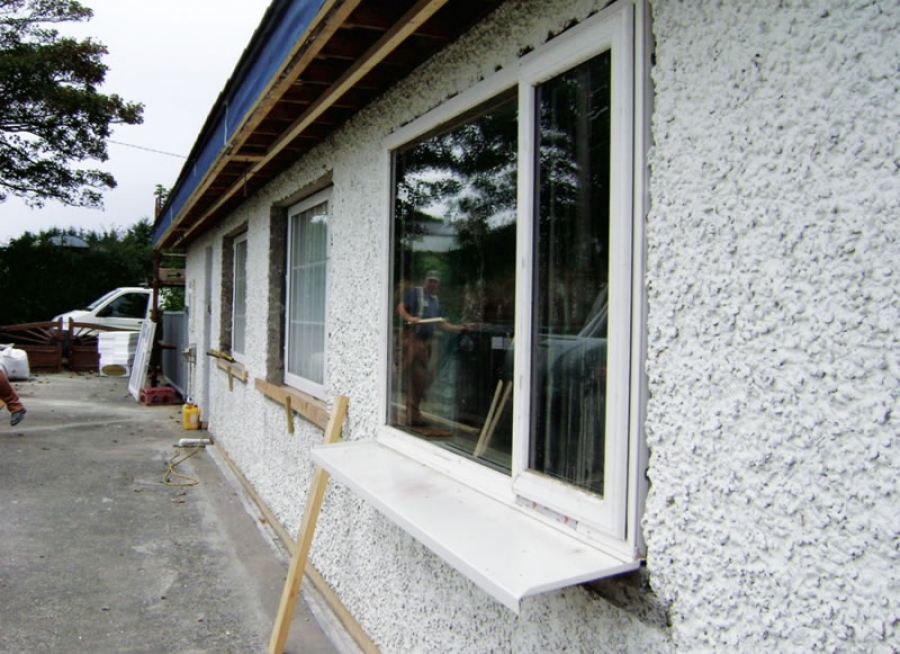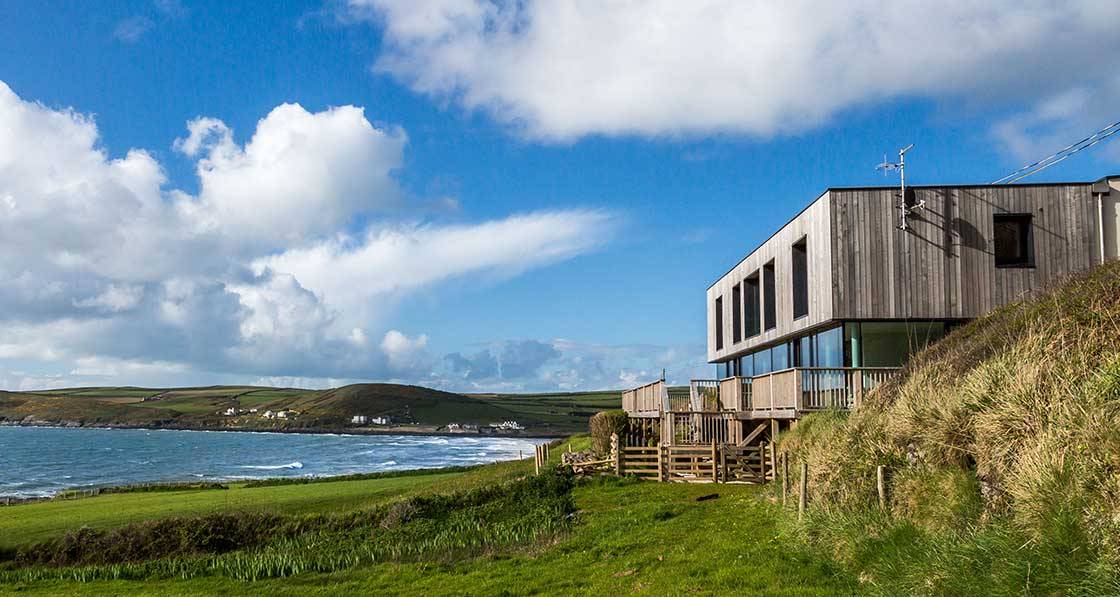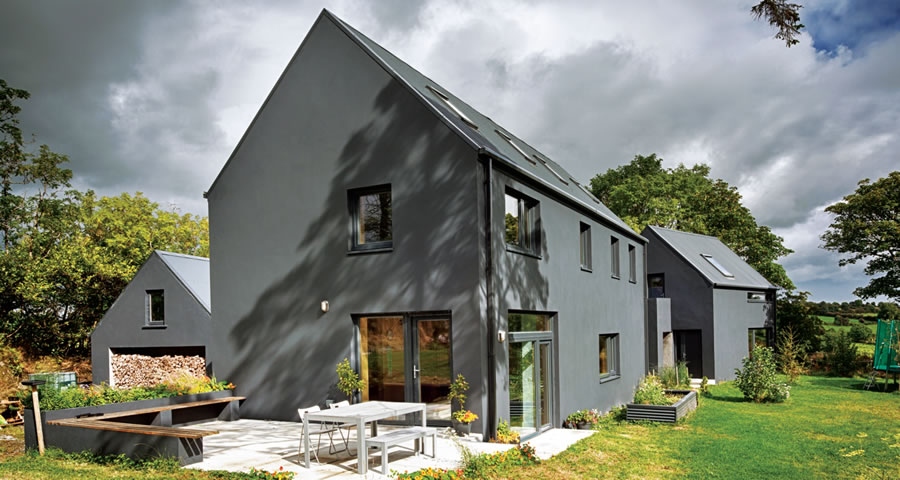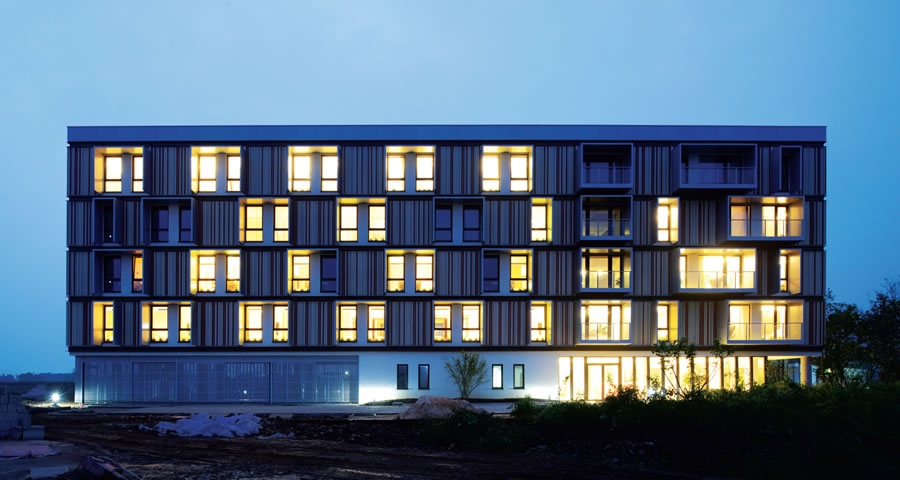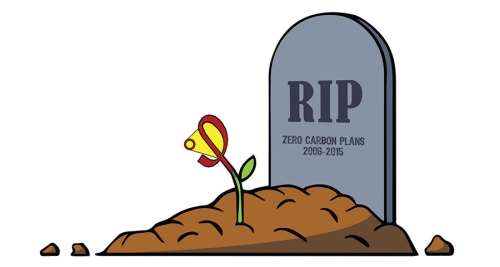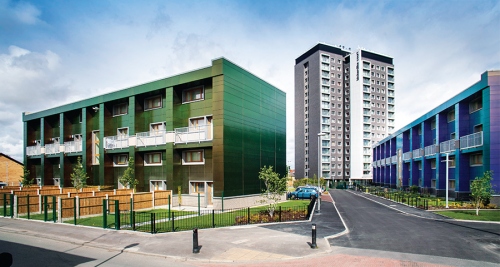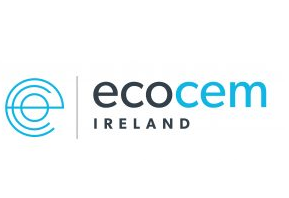How to stimulate deep retrofit
There was a time when governments thought that simply offering grants for cavity wall insulation and heating system upgrades would be enough to stimulate mass upgrade of our building stock. But ‘shallow’ measures such as these may not be sufficient to drastically cut carbon emissions and make a real difference to occupant comfort and health, and convincing homeowners to upgrade their homes to a much higher standard will require a clever mix of psychology and smart financing

